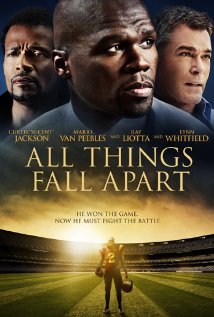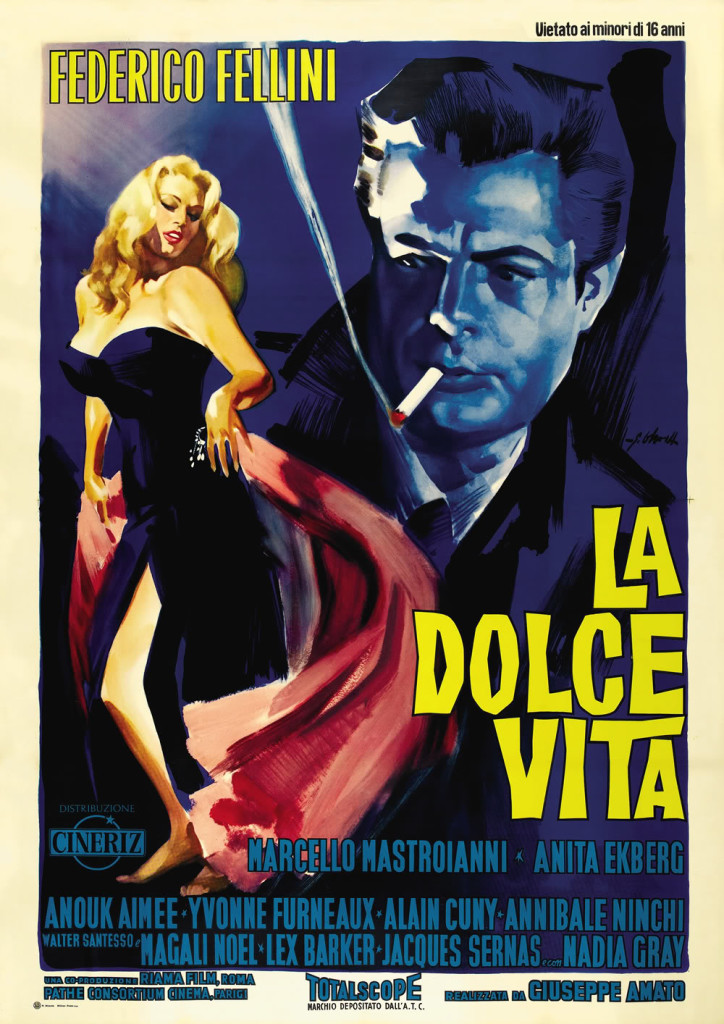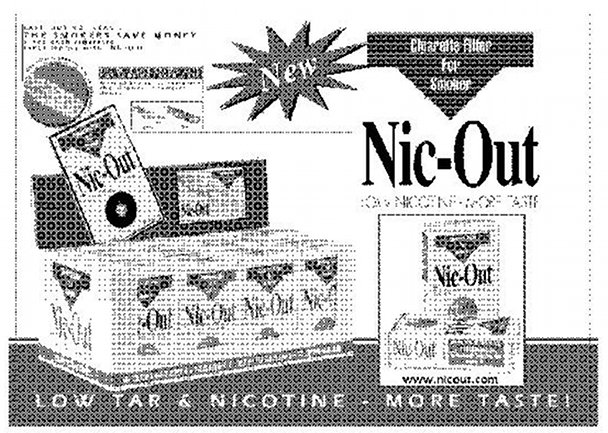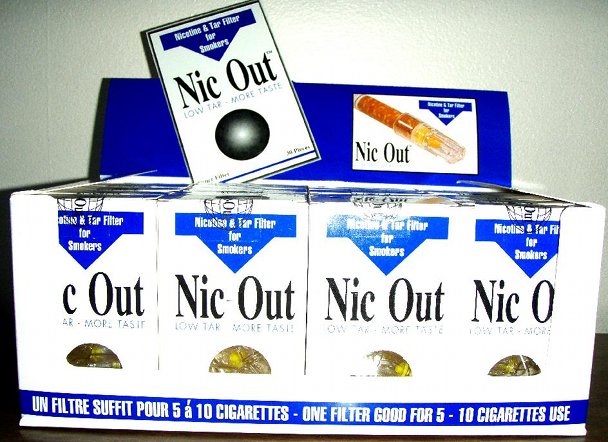 I used to live in the building seen above—well, maybe not that exact building, but one exactly like it in the same complex. It is Lincoln Village, military housing in Damstadt, Germany.
I used to live in the building seen above—well, maybe not that exact building, but one exactly like it in the same complex. It is Lincoln Village, military housing in Damstadt, Germany.
Which doesn’t have much to do with anything, except that Merck KGaA is also in Darmstadt, Germany. When I was driving past the big “Merck” sign, I didn’t know that Merck KGaA is not the same “Merck” that we in the United States know, which is Merck & Co., Inc. The two have a common history; the U.S. company was created as a subsidiary of the German company in 1891. But the U.S. company was confiscated during World War I and the two companies have not been related since then. Merck & Co. uses the “Merck” mark in the United States and Canada and “MSD” in the rest of the world. Merck KGaA uses the mark “Merck” everywhere except the United States and Canada, and uses “EMD Group” in the United States and Canada. There are some co-existence agreements between the two companies and Merck KGaA uses geo-targeting tools to direct web users to the right pages.
Both companies applied for the dot-merck top level domain name (“gTLD”) and both companies have filed Legal Rights Objections against the other. The Merck & Co. objections to the Merck KGaA applications were the first decided. All you need to know is the legal standard, and the result is clear:
a DRSP panel of experts presiding over a legal rights objection will determine whether the potential use of the applied-for gTLD by the applicant takes unfair advantage of the distinctive character or the reputation of the objector’s registered or unregistered trademark or service mark (‘mark’) …, or unjustifiably impairs the distinctive character or the reputation of the objector’s mark …, or otherwise creates an impermissible likelihood of confusion between the applied-for gTLD and the objector’s mark ….
You cannot reach a conclusion that a use is “unfair,” “unjustified” or “impermissible” when both have legitimate claims to the letter string. The Panel did the full analysis required of it, but the result really can be summed up in one paragraph:
The question is whether a bona fide trademark owner that owns trademark rights in certain countries but does not have rights to a certain trademark in all countries of the world, should for that reason be prevented from obtaining a gTLD. In the view of the Panel, such a proposition does not make sense. If the opposite view would be accepted, it would be expected from any trademark owner interested in a gTLD to have trademark registrations in all countries of the world as otherwise another party could register one trademark in an “uncovered” country and thus prevent the first trademark owner from applying for and using its own gTLD.
Whether there will be confusion is therefore for the parties to sort out on their own:
Of course a rejection of the Objection does not preclude Objector from taking regular legal action should the use of the Disputed gTLD String by Applicant be infringing. It is, however, not for this Panel to anticipate on all the possible types of use Applicant could make of the Disputed gTLD.
These two companies have coexisted for a hundred years, but you can’t help but wonder whether the time has come for one to bite the bullet and make the change. Both are huge companies, heavily invested in their names—it would probably be the most monumental renaming of any company ever done. But the amount of energy going into attentiveness about ever-vanishing geographic boundaries is also substantial and it’s never going to get better.
Merck & Co., Inc. v. Merck KGaA, Case No. LRO2013-0069 (WIPO July 31, 2013) (“merck”).
Merck & Co., Inc. v. Merck KGaA, Case No. LRO2013-0068 (WIPO July 31, 2013) (“emerck”).

The text of this work is licensed under a Creative Commons Attribution-No Derivative Works 3.0 United States License.




